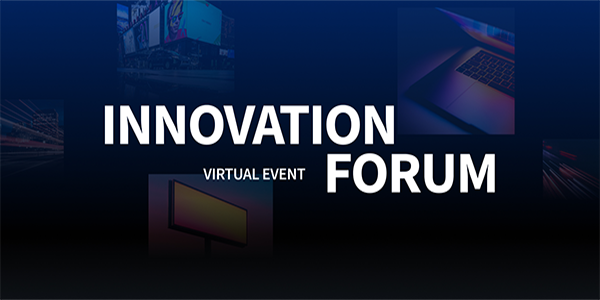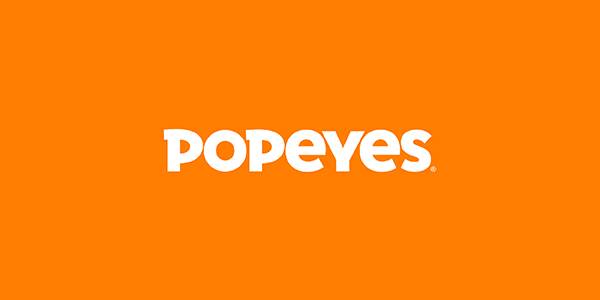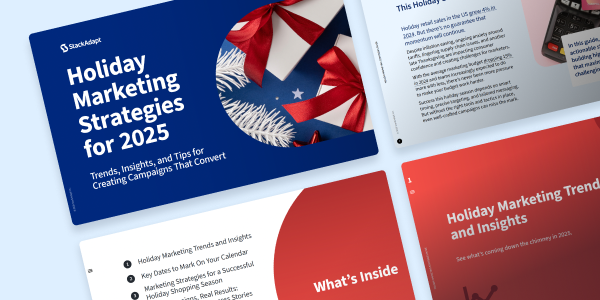Most Effective DOOH Advertising Strategies in 2026
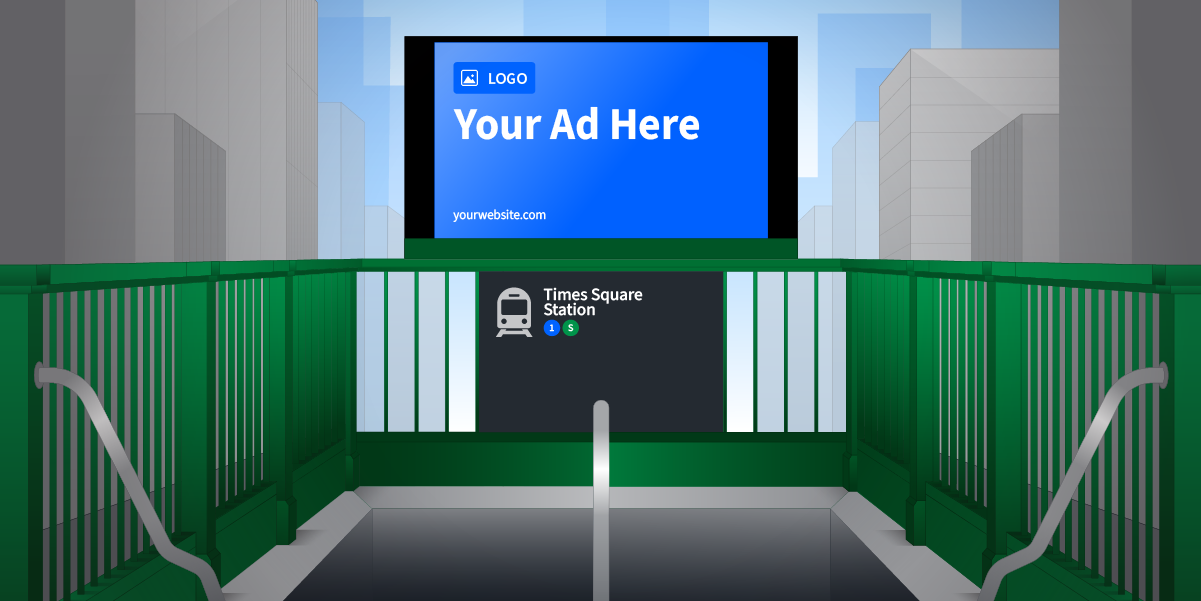
Despite hitting theatres over 35 years ago, Robert Zemeckis’s 1989 blockbuster “Back to the Future Part II” surprisingly predicted much of the technology that defines modern times—from smartwatches and video calls to VR headsets, biometrics, and the growing use of automation.
But perhaps its most uncanny prediction—especially for modern marketers—is the emergence of digital out-of-home (DOOH) advertising.
Twelve minutes into the movie, Marty (played by Michael J. Fox) stumbles back into his hometown of Hill Valley in the not-so-distant year of 2015.
Now a neon-filled vision of the future, everything seems different, right down to the sneakers on his feet.
Suddenly, in the haze of his confusion, a giant holographic shark bursts from a nearby movie marquee and lunges at him.
He’s safe—it’s just an augmented reality (AR) ad for the latest movie in the Jaws franchise, Jaws 19.
Then, he turns around and sees a hovering digital billboard promoting the newest line of flying cars.
DOOH Advertising: From Sci-Fi Spectacle to Everyday Reality
At the time, a 3D holographic billboard snapping at passersby felt like a far-fetched fantasy.
But over the past decade, Zemeckis’s vision of the future has come remarkably close to reality.
From digital billboards that seem to defy physical limits, to ads that feel personalized and perfectly timed to each moment, DOOH advertising has evolved from a sci-fi novelty to the go-to channel that modern marketers rely on to reach audiences in the real world.
As a result, what once felt like science fiction has become one of the fastest-growing channels in modern media.
In 2025, out-of-home (OOH) ad spending surpassed $9 billion USD, with DOOH making up roughly 34% of total OOH investment—a share that continues to climb year over year.
The reason? Flexibility, precision, and speed.
As marketing teams increasingly look to do more with less, DOOH offers the agility that traditional channels can’t match, allowing campaigns to adapt in real time, respond to audience signals, and localize messaging with dynamic creative and pinpoint accuracy.
Whether you’re new to DOOH advertising or looking to level up your skills, this blog post breaks down the most effective strategies for planning, activating, and optimizing your campaigns, regardless of what industry you’re in.
But first, let’s review the basics (you can skip ahead to the strategies if you already know them).
How to Get Started With DOOH Advertising
Before you optimize or scale a campaign, start by learning how to build one from the ground up.
Here are a few straightforward steps you can take to guide your campaign planning from strategy to execution.
Step 1: Define Your Campaign Goals
Before planning any DOOH campaign, start by clarifying your objectives:
- Is your goal to increase brand visibility?
- Drive traffic to a website for sign-ups, registrations, or demos?
- Increase foot traffic to a physical location?
Defining your goals early will determine the most effective way to reach your audience.
Step 2: Choose Key Locations and Formats
Once you’ve defined your goals, the next step is deciding where your ads will appear and which formats make the most sense for each environment.
The locations you choose for your DOOH ads should align with your objectives, target audience, and budget. For example, premium, high-visibility screens deliver the biggest impact but typically require a larger investment.
Think about where your customers spend their time and which settings are most likely to influence their decisions. These environments—known as venue types—could include airports, gyms, offices, grocery stores, or restaurants, depending on your campaign focus.
Different environments support different DOOH formats. Large-format screens in high-traffic areas are best suited for awareness campaigns, while smaller, more contextual placements are ideal for driving action closer to the point of purchase.
Step 3: Pinpoint Your Audience
Get your targeting right to ensure your DOOH campaign reaches the right people.
Programmatic advertising platforms make this possible by layering factors like location, time of day, event triggers, and audience patterns to serve messages when and where they’ll have the most impact.
These tools allow you to fine-tune delivery, boost efficiency, and focus impressions on audiences most likely to engage with your ad. Just be mindful that adding too many layers of targeting can narrow your reach and limit delivery frequency, especially if your bids are on the lower end.
Step 4: Pick the Right Buying Method
How you buy DOOH placements matters just as much as where you run them.
The right buying method depends on your campaign goals.
If you want flexibility, room to test creatives, or to stretch a smaller budget, open exchanges or PMPs are often your best bet.
If you need to secure premium screens during major events like the Olympics, World Cup, or key industry conferences, programmatic guaranteed or direct IOs offer more certainty.
The key is to align your buying method with your campaign’s goals, budget, and timing. For example, direct IOs often require higher minimum spends, so they’re best suited for larger campaigns planned in advance rather than quick activations.
Doing so ensures you maximize your spend and secure the right inventory for your objectives.
DOOH Advertising Strategy Basics
Before you can unlock the full potential of DOOH, it’s important to understand the core strategies that make campaigns effective. From omnichannel integration to ad placement, these fundamentals show how DOOH works in practice and how to use it to achieve your marketing goals.
Integrate DOOH With Omnichannel Marketing Campaigns
Connect your DOOH campaigns with channels like display and connected TV (CTV) to deliver a consistent brand experience across every touchpoint. Doing so reinforces your message, extends reach, and keeps your brand top of mind both online and in the real world.
Leverage Programmatic DOOH Advertising
Activate your DOOH campaigns programmatically to tap into greater speed and flexibility. While placements depend on factors like bidding and inventory availability, programmatic buying gives marketers access to a wide range of screens and insights to optimize performance.
Use audience movement, location, and contextual data to deliver the right message at the right moment.
Use Strategic and Location-Based Targeting
Use geo, proximity, and point of interest targeting to tailor ad placements based on audience movement and environment. Place screens near retail stores, busy transit hubs, or major events and ensure every ad speaks directly to its surroundings.
Diversify Screen Formats and Placement
Run your DOOH campaigns across a mix of screen formats and environments to maximize visibility and impact. Combine large-format screens in high-traffic city centers with smaller placements in venues like malls, gyms, and office elevators to keep your brand visible wherever your audience goes.
Integrate DOOH With In-Store Media
Extend your DOOH strategy into retail environments to influence shoppers at the point of purchase. Access retail media networks (RMNs) to activate screens near product displays, checkouts, and store entrances to capture attention where buying decisions happen.
Creative Best Practices for DOOH Advertising
Strong creativity is ultimately what turns an ad into a memorable experience.
In DOOH, as with any other channel, thoughtful design can make all the difference between being seen and being remembered.
Here are some tips from StackAdapt’s award-winning in-house Creative Studio team on how to design eye-catching campaigns that are impossible to forget.
1. Avoid White Backgrounds
In LED technology, white doesn’t carry the same pop or vibrancy as other colours. Use darker backgrounds to make your messaging, products, and visuals stand out.
This beer ad from the Creative Studio is a great example. It features a bold green background that contrasts with the product and keeps the copy simple and legible, making the message unmissable in a grocery setting.
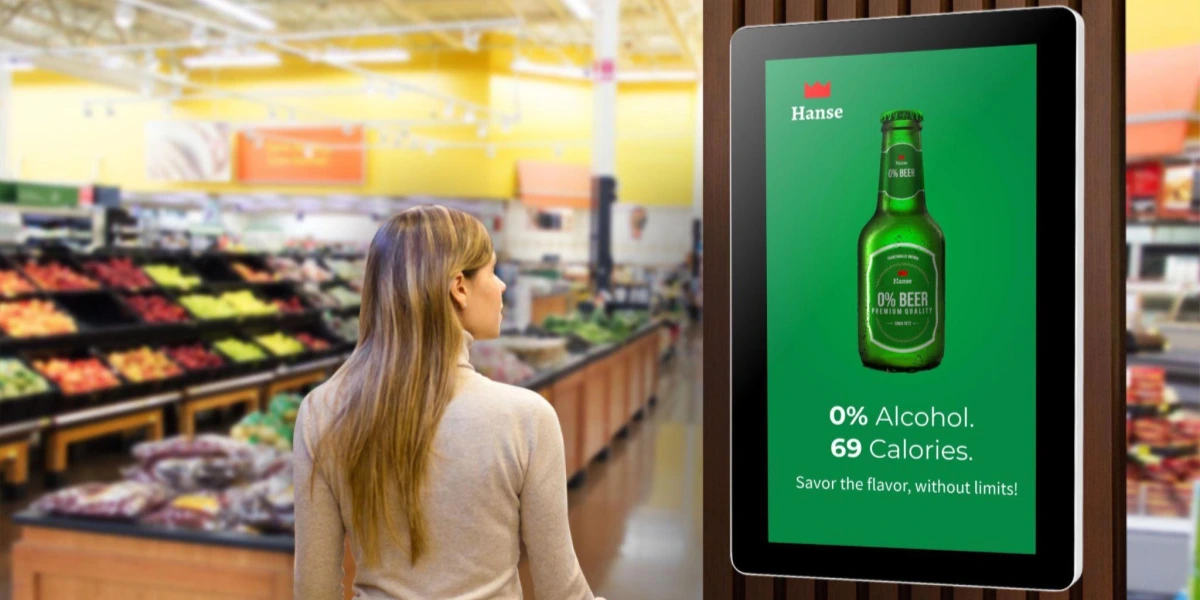
2. Take Time of Day Into Consideration
Plan creative layouts around the times your ads will appear.
Rich, bold background colours, like the ones in this ad for a ramen restaurant, perform better during the day, while pastel colours stand out more at night.
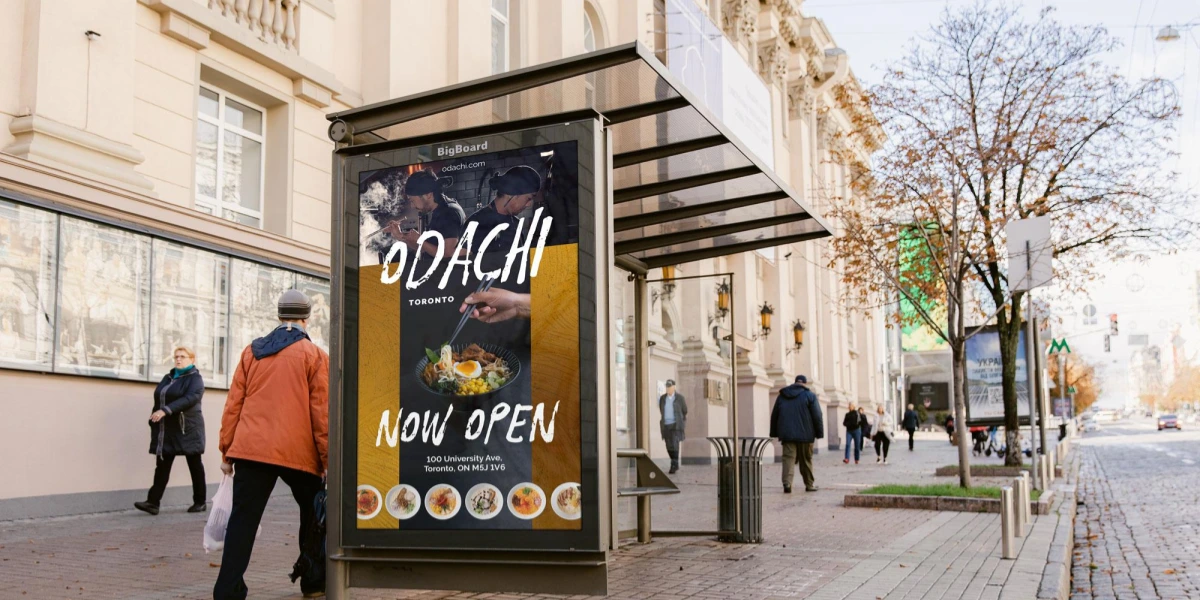
3. Watch Your Font Sizes on Bigger Locations
For large-format DOOH ads, use oversized text that’s clear and easy to read from a distance.
Viewers often encounter these placements while driving or moving quickly through their day, so bold typography ensures your message lands in seconds.
Clear, accessible fonts help audiences absorb key details even in fast-moving environments where attention spans are short.
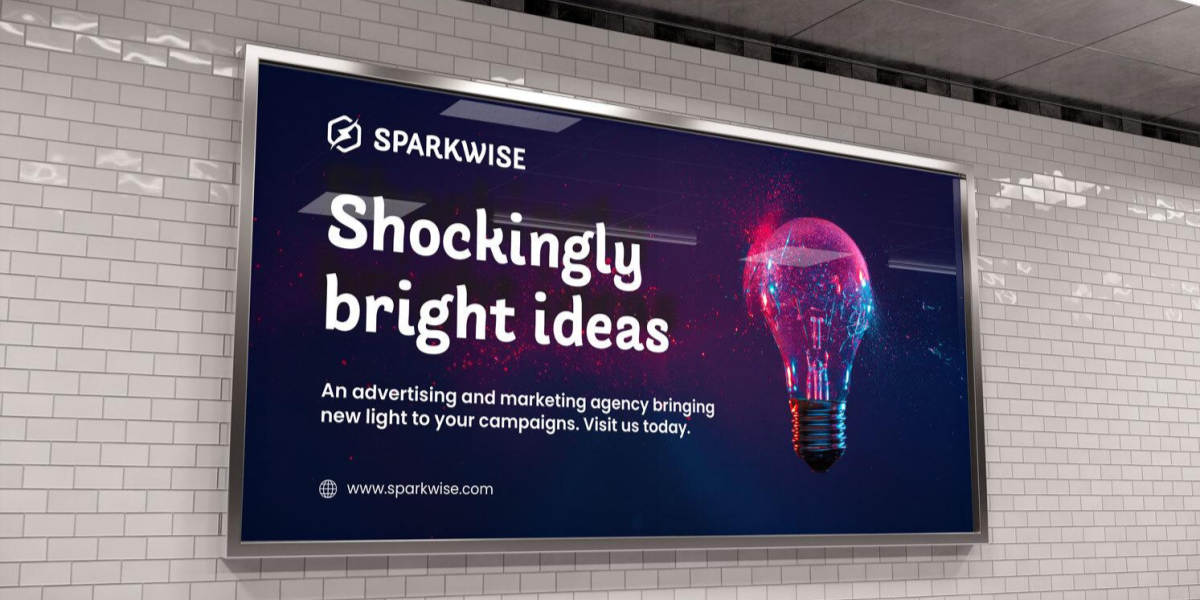
4. Use Strong Focal Points
Avoid cluttered visuals. Viewers have only a few seconds to take in your message, so choose images with a single, clear focal point that draws attention instantly.
Consider dwell time when designing creative. Keep roadside billboards and highway placements simple, with bold visuals and minimal copy that audiences can process almost instantly. Environments with longer dwell times—like elevators, airport terminals, or waiting rooms—give you room for a bit more detail or storytelling.
This shoe ad is effective because the bold product image and high-contrast copy immediately command focus, while supporting details remain easy to read.
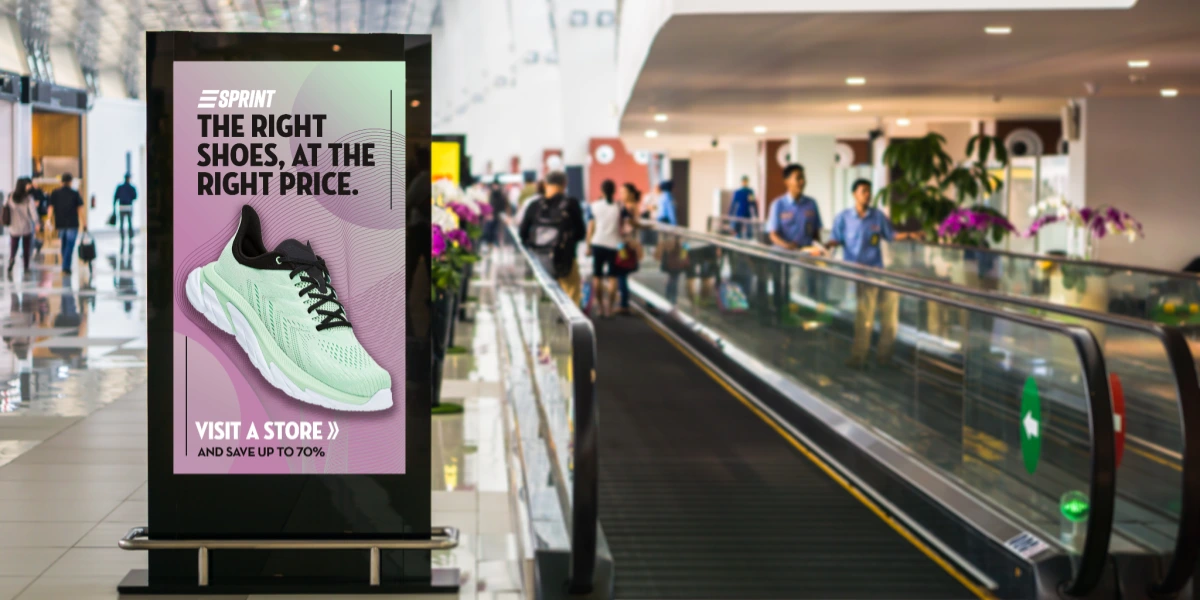
5. Less Is More
Keep designs clean and focused. Too much text or too many elements dilute impact, especially when ads are viewed from a distance.
This airline ad promoting travel to Dubai works well because it pairs a striking visual of the skyline with minimal copy, making the message instantly clear and the brand easy to recall.
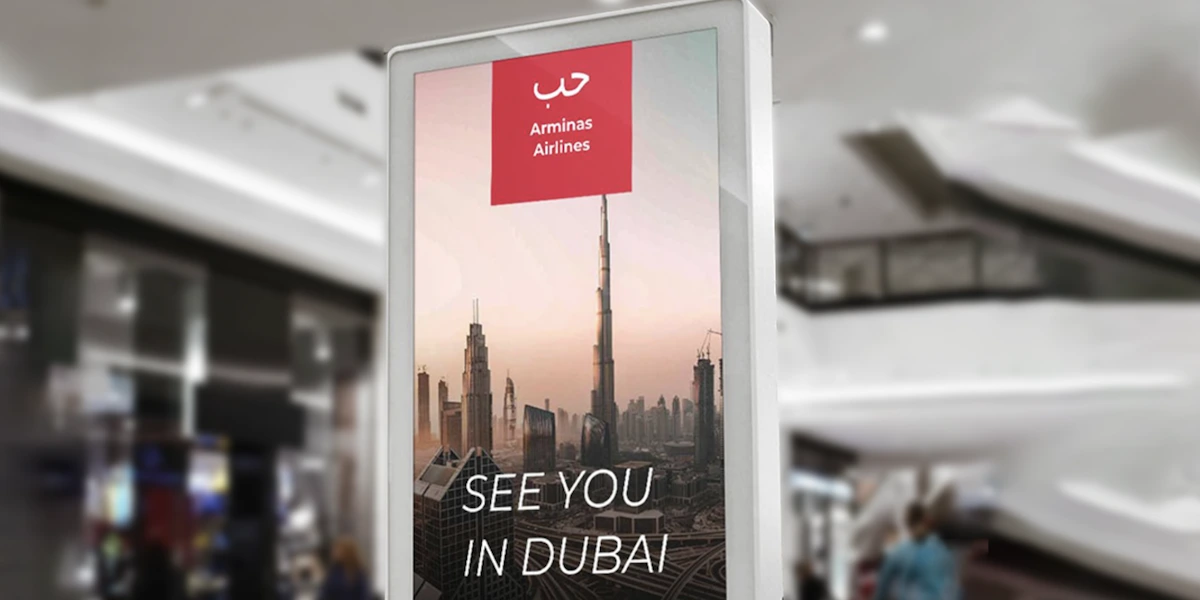
6. Lean Into Location
Select placements that enhance your message by connecting to their environment.
This watch ad inside a gym works because it pairs performance-driven messaging with an audience already focused on fitness.
When creative reflects both the setting and consumer behaviour, it feels more relevant, boosts recall, and increases the chance that someone will explore or purchase the product.
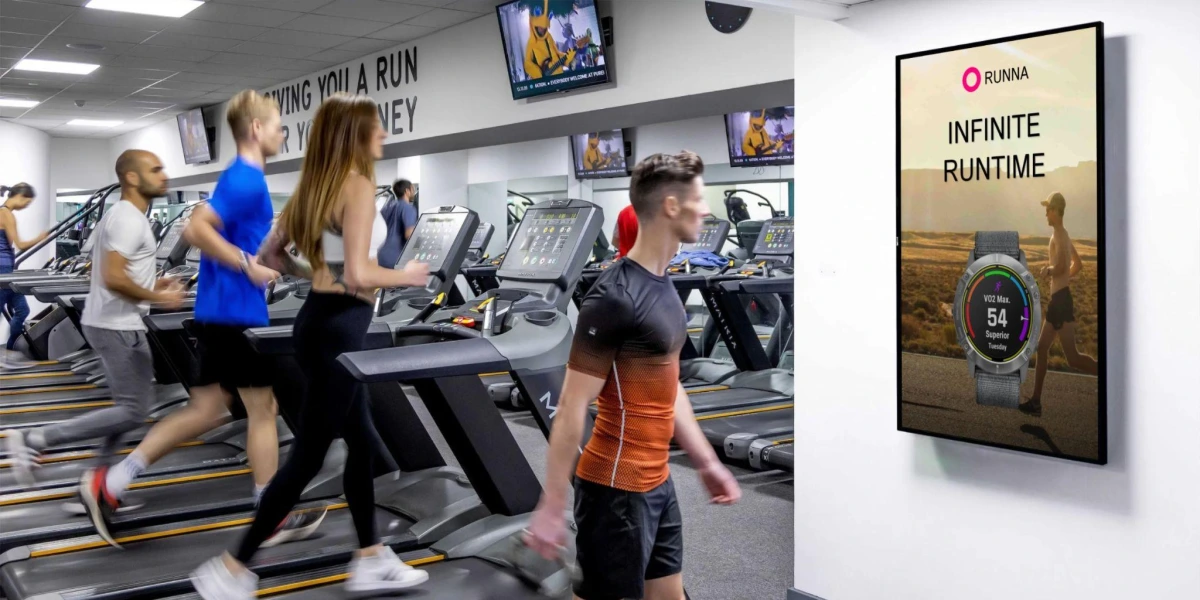
Industry-Specific DOOH Advertising Strategies
DOOH isn’t one-size-fits-all. The way brands and agencies use it can vary dramatically depending on the audience, environment, and business objectives.
Here’s how marketers across sectors can use it to reach audiences in meaningful ways.
Reach Decision-Makers Beyond the Conference
DOOH advertising strategies for B2B typically fall into two categories: tentpole event activations and evergreen brand campaigns.
Think of tentpole events like AWS re:Invent, CES, and Dreamforce—large-scale conferences that draw industry leaders and senior executives from around the world.
If you’re in B2B tech or enterprise services, these events are prime opportunities to build credibility, capture attention, and drive demand and booth visits, even if they require significant investment.
To make every ad dollar count, reach business leaders across multiple touchpoints throughout their day, whether it’s waiting at the baggage carousel to taking a rideshare to the hotel to unwinding over dinner after sessions.
Marketers can target DOOH placements at airports, in taxis, and around conference centres and restaurants to maximize visibility and stay top of mind with key stakeholders throughout major events.
For more evergreen brand campaigns, it pays to be present during the in-between moments of a decision-maker’s workday. Advertisers can activate screens in office elevators, near corporate campuses, or inside private jet terminals to connect with senior executives and high-value prospects on the move.
For existing customers, DOOH can also serve as a powerful retention and education tool. Running ad campaigns in the office buildings of current clients can help promote new products or features and keep your brand visible between sales cycles. At the same time, marketers can use targeted placements near the headquarters of prospective accounts to highlight tailored value propositions or incentives that can spark interest and open doors for your sales team.

Get In Front of Voters Where They Live and Work
DOOH gives political marketers new ways to connect with constituents, shape public opinion, and drive voter engagement at the community level.
With political district targeting in StackAdapt, marketers can apply geo-specific parameters to congressional and legislative districts or electoral ridings, ensuring ads reach the exact audiences most relevant to campaign goals. DOOH placements can also update dynamically to reflect campaign milestones, debates, or breaking news.
For example, a candidate in a close race could target swing districts to persuade undecided voters or launch get-out-the-vote ads that remind supporters on election day.
Beyond elections, advocacy groups can use DOOH to raise awareness around local issues or reach policymakers near where they live and work.
For instance, an industry association might run DOOH ads in a capital city to build visibility ahead of a legislative vote, while a commuter advocacy group could target transit hubs to highlight the impact of rising transportation costs.
Campaigns can also layer cross-device and contextual targeting to reach audiences based on their online engagement with key issues and retarget those exposed to DOOH through channels like CTV and display to reinforce messaging across touchpoints.

Inspire Wanderlust in the Real World
DOOH allows travel and tourism marketers to inspire bookings while travellers are in motion.
Take this mockup example the StackAdapt Creative Studio designed for a New York sightseeing bus. It captures visitors the moment they arrive with a bold DOOH ad at the baggage carousel.
Weather-based and contextual triggers make DOOH even more powerful as part of a travel and tourism marketing strategy.
A tropical resort or tourism board can advertise to downtown commuters in colder cities during winter to spark vacation envy.
Campaigns can also be tailored to feeder cities or affluent neighbourhoods that send a high volume of travellers to specific destinations.
For example, an airline could promote a new flight route to Iceland in New York and Boston, emphasizing short travel times and frequent departures. Similarly, a ski resort in Aspen could target affluent travellers in tech hubs like San Francisco or Seattle with creative that showcases fresh powder and luxury accommodations.
Reach Audiences When Health Is Top of Mind
DOOH helps healthcare and pharma marketers educate, inform, and build trust by reaching people in everyday environments.
Screens near clinics, gyms, and pharmacies help brands reach consumers when they’re already thinking about health, while geo-targeted campaigns around medical conferences or workplaces allow marketers to connect with healthcare professionals on the move.
Because of industry regulations, promotion of prescription products is limited. But DOOH plays a key role for adjacent categories like wellness services, medical tech, and consumer health products.
For example, a fitness brand might advertise recovery drinks near gyms, while a digital health company could run DOOH near hospitals or industry events to spotlight innovations in patient care.
Campaigns in this vertical work best when creative is clear, professional, and trustworthy, reinforcing credibility with audiences seeking reliable information.
This approach guided the StackAdapt Creative Studio mockup for Eko Health, which used a dark background and a short video clip to highlight its digital stethoscopes in a way that was both eye-catching and direct.
Influence Shoppers in the Final Moments Before Purchase
DOOH excels in retail and CPG because it reaches buyers at the moment intent peaks.
When ads appear close to the point of sale, they’re perfectly positioned to capture impulse purchases and remind shoppers of promotions or essentials.
Digital displays at self-checkouts, end caps, and store entrances can nudge shoppers toward last-minute add-ons, while screens inside or around malls, grocery stores, and gas stations keep products top of mind throughout the shopping journey.
Want a real-world example? StackAdapt and UK-based agency MOBSTA partnered on a holiday campaign for Michael Kors Jewelry, pairing premium placements with striking creative.
The campaign delivered more than 14 million impressions by running in airports, luxury malls, and high streets—proving that well-placed DOOH can cut through peak-season noise.
Where DOOH Advertising Strategies Are Headed Next
DOOH is evolving fast. As DOOH becomes more integrated into the spaces and moments that shape daily life, the next wave of innovation will center on context, connectivity, and convergence.
Sports Marketing Takes the Spotlight
In sports marketing, DOOH is already scoring big. Nearly 60% of US adults recall seeing an OOH ad for a major sporting event, and 90% take an action after seeing one—whether that’s tuning in, sharing online, or talking about it with friends.
As global events like the Olympics and World Cup introduce more digital infrastructure for DOOH ads, brands will gain new opportunities to engage fans on both local and international stages.
Retail Media Redefines the Point of Purchase
In-store screens are turning point-of-purchase moments into digital touchpoints, giving marketers insights into shopper behaviour and influencing decisions right in the aisle.
As a result, in-store retail media ad spending is projected to make up nearly one-fifth of total ad spend by 2027 and account for 55.9% of total DOOH growth between 2025 and 2029.
With RMNs integrating with programmatic platforms at a record pace, marketers will increasingly plan, measure, and optimize in-store campaigns alongside other advertising channels, bringing digital precision to physical retail environments.
New Venues Expand DOOH’s Everyday Reach
Finally, DOOH is expanding into new environments, including gyms, healthcare spaces, movie theatres, roads, and even waterways
In movie theatres, big screen placements can extend storytelling into immersive, high-attention environments, while DOOH screens on vehicles offer the flexibility to move between events and swarm high-traffic areas with coordinated takeovers.
As DOOH inventory grows across these touchpoints, marketers will gain new ways to engage audiences throughout the day and build stronger connections between lifestyle, location, and brand experience.
The Future of DOOH Is Already Here
DOOH is no longer an emerging channel. It’s a core part of how modern brands connect with audiences in the physical world.
As technology, creativity, and data converge, marketers have more tools than ever to plan, activate, and measure campaigns that reach people at the right place and time.
To learn more, download StackAdapt’s guide to DOOH advertising strategies or speak with someone on our team.
